The clearest lakes in Minnesota and the most picturesque lakes in Minnesota are both available to us here in the Land of 10,000 Lakes. What distinguishes one lake from another, then? We Minnesotans consider many aspects when rating our favorite lakes, from lovely, sandy beaches to picturesque bays, but none are perhaps as significant as clarity.
The plain fact is that we will always prefer the northern Minnesota lakes, which are renowned for their stunningly clean water, regardless of the surroundings. The lakes listed here are the clearest lakes in Minnesota and are renowned for their immaculate state. Their beauty will never fail to wow you.
Thankfully, the University of Minnesota tracks the purity of these lakes using satellite images, updating the data on its Minnesota Lake Browser website weekly and daily when the weather permits.
Clearest Lakes In Minnesota
- Trout Lake
- Big Bass Lake
- Deer Lake
- Ossawinnamakee Lake, Crow Wing County
- Eleventh Crow Wing Lake
- Caribou Lake
- Embarrass Mine Lake
- Siseebakwet Lake
- Rose Lake
- Clearwater Lake
- Lake Nokomis
- Burntside Lake
- Mille Lacs Lake
- Lake Vermilion
Trout Lake
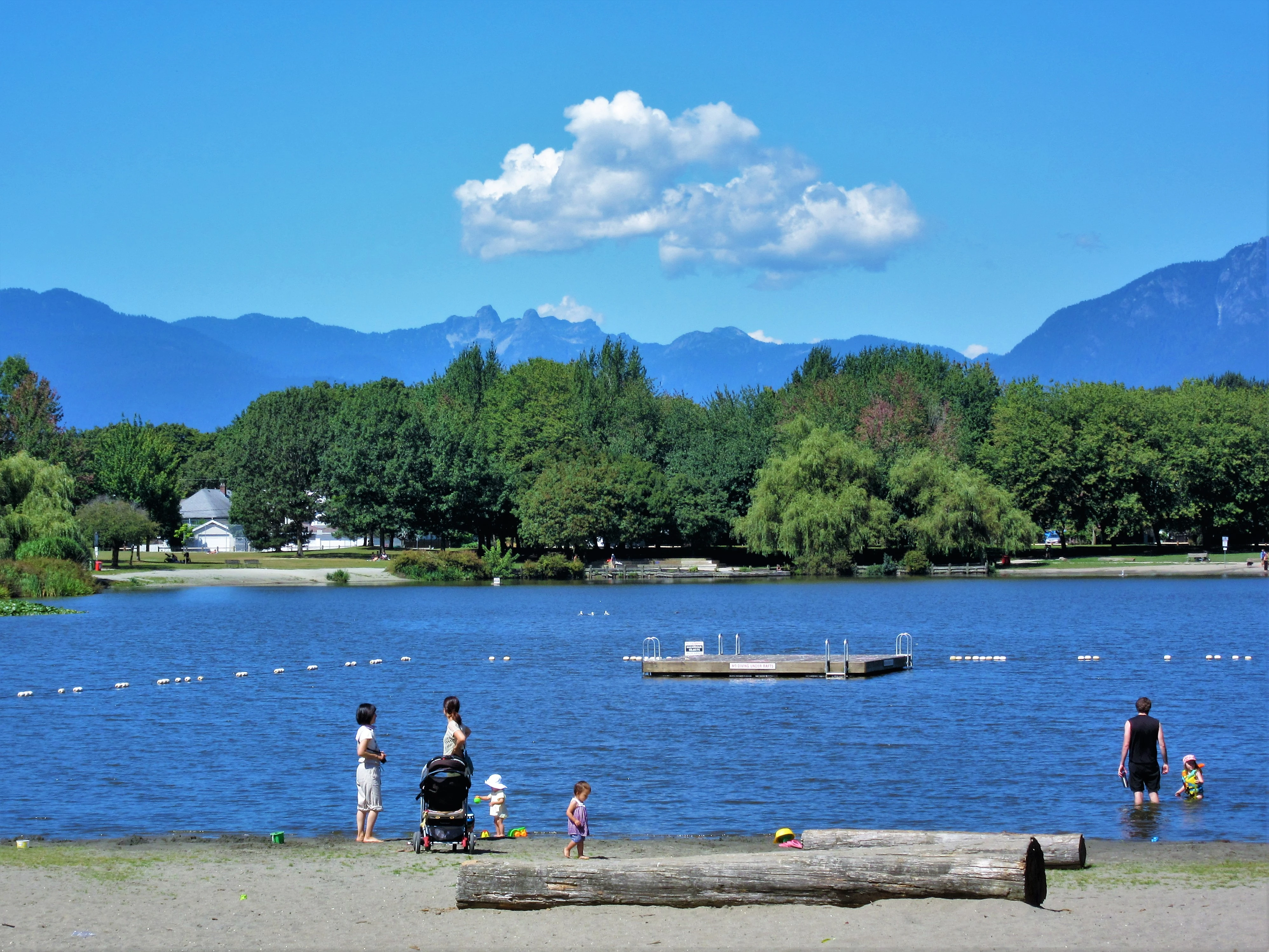
Trout Lake features 13 miles of pristine coastline and, according to the Minnesota Department of Natural Resources, a maximum depth of 157 feet and average water clarity of 32 feet. Rock bass, tullibee, bluegill, green sunfish, yellow perch, and more than two dozen other fish species are frequently caught by anglers.
On the north bank of this 1,856-acre lake sits the town of Coleraine, which has a population of barely 2,000 people. Grand Rapids, the region’s economic hub, has a population of 11,000 and is only nine miles to the west.
Grand Rapids is a welcoming city with many of local eateries, a few bed and breakfasts, and a range of inexpensive motels. Fishing, boating, hiking, and bicycling are popular summer activities in the region, as are cross-country skiing and snowmobiling in the winter.
Big Bass Lake
Big Bass Lake, with a surface area of 133 acres and a maximum depth of 60 feet, is three miles to the northeast of the little community of Akeley. The lake is renowned for its extraordinary purity, which the DNR estimates to be 23 feet.
Fishing enthusiasts will find plenty of walleye, northern pike, large-mouth, small-mouth, and panfish here.
Fewer than 500 people live in Akeley, so your best chance for grabbing a snack is the nearby town of Walker, which is around 15 minutes away.
This charming hamlet, which serves as the entrance to Leech Lake, the third-largest lake in Minnesota, has a number of locally owned eateries.
Deer Lake
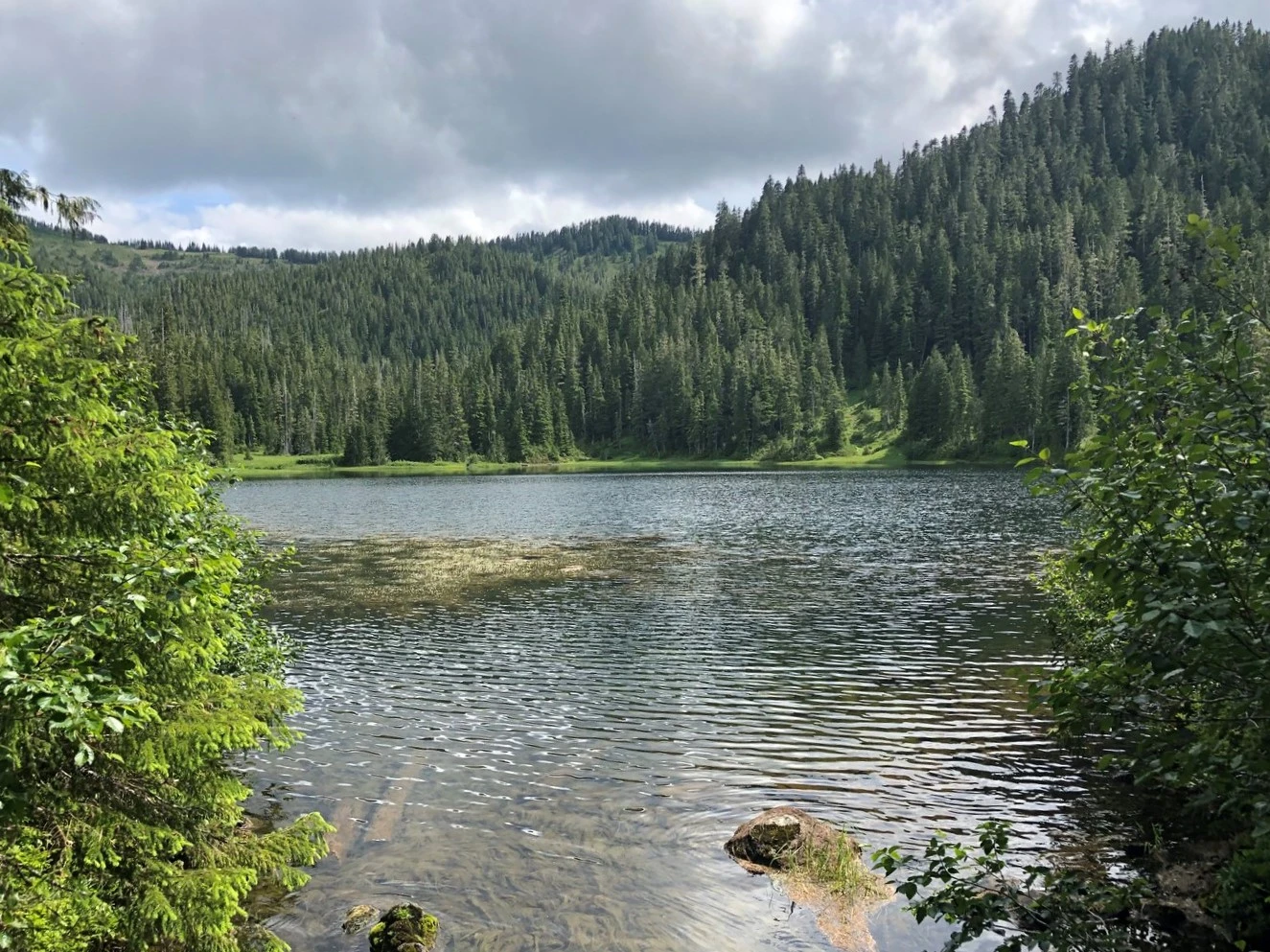
Deer Lake, another stunning lake in northeast Minnesota, is located 12 miles north of Grand Rapids. It is a big lake with 4,097 acres that is five miles long and 1.5 miles broad.
According to the Minnesota DNR, the lake’s crystal-clear waters have an average clarity distance of 21 feet, earning it the moniker “Lake of the Changing Colours.” There are more than 20 miles of stunning beachfront along the lake, which has a bottom depth of 121 feet.
All of the lake’s water comes from rainfall, snowfall, and numerous subterranean springs because there are no inlets for rivers or streams.
Northern pike, walleye, and small- and large-mouth bass can all be caught here. Naturally, you’re going to have more success at night with such clear seas.
Judy Garland, who is most remembered for her role in “The Wizard of Oz,” spent her formative years in Grand Rapids. The 1920s-era Gumm family home, Judy’s true last name, has been transformed into a museum that displays artifacts from the renowned film.
Ossawinnamakee Lake, Crow Wing County
The 691-acre Ossawinnamakee Lake is a popular fishing and boating lake in the centre of summer vacation country. With fisherman catching black bullhead, bluegill, green sunfish, large- and small-mouth bass, walleye, and yellow perch, there is definitely no lack of fish in this area.
Ossawinnamakee Lake has a depth of 63 feet and a 20-foot estimated depth of clarity, according to the DNR. Numerous resorts and exclusive year-round and seasonal houses may be found along the 13 miles of beach.
With the tiny towns of Breezy Point and Pequot Lakes being ideal locations to locate a variety of fantastic local food options as well as lots of shopping alternatives, there is no shortage of resort and small hotel accommodations within a 15-minute drive.
Eleventh Crow Wing Lake
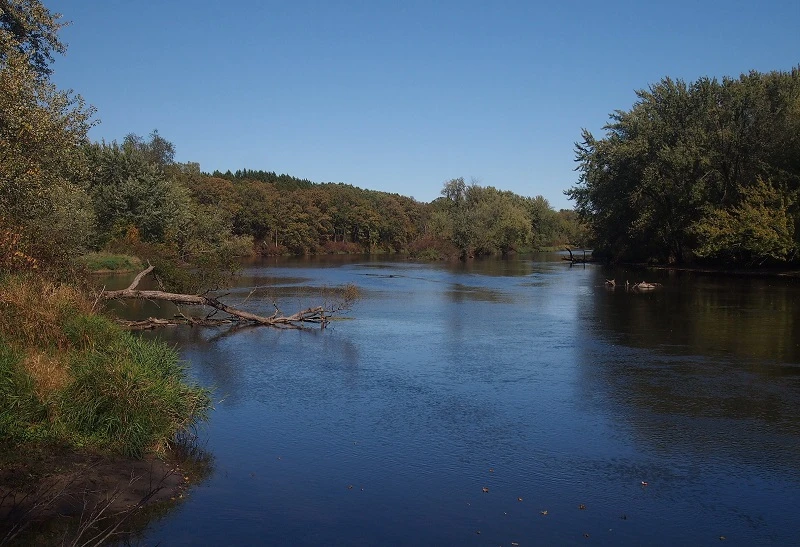
Eleventh Crow Wing Lake, one of eleven lakes that feed into the Crow Wing River, the first National Scenic Canoe Waterway, lies two lakes to the southwest of Big Bass Lake.
According to the Minnesota Department of Natural Resources, this almost 800-acre lake has a clarity distance of about 19 feet and is fed by surface and subsurface springs.
While the resort town of Walker is only 15 minutes up the road from the little hamlet of Akeley, which is located directly south of the lake, you’ll discover a number of regional eateries, gift shops, and businesses where you can supply your vacation cabin with food and other needs.
Eleventh Crow Wing Lake is home to a variety of fish, including walleye, northern pike, large-mouth bass, bluegill, and perch.
Caribou Lake
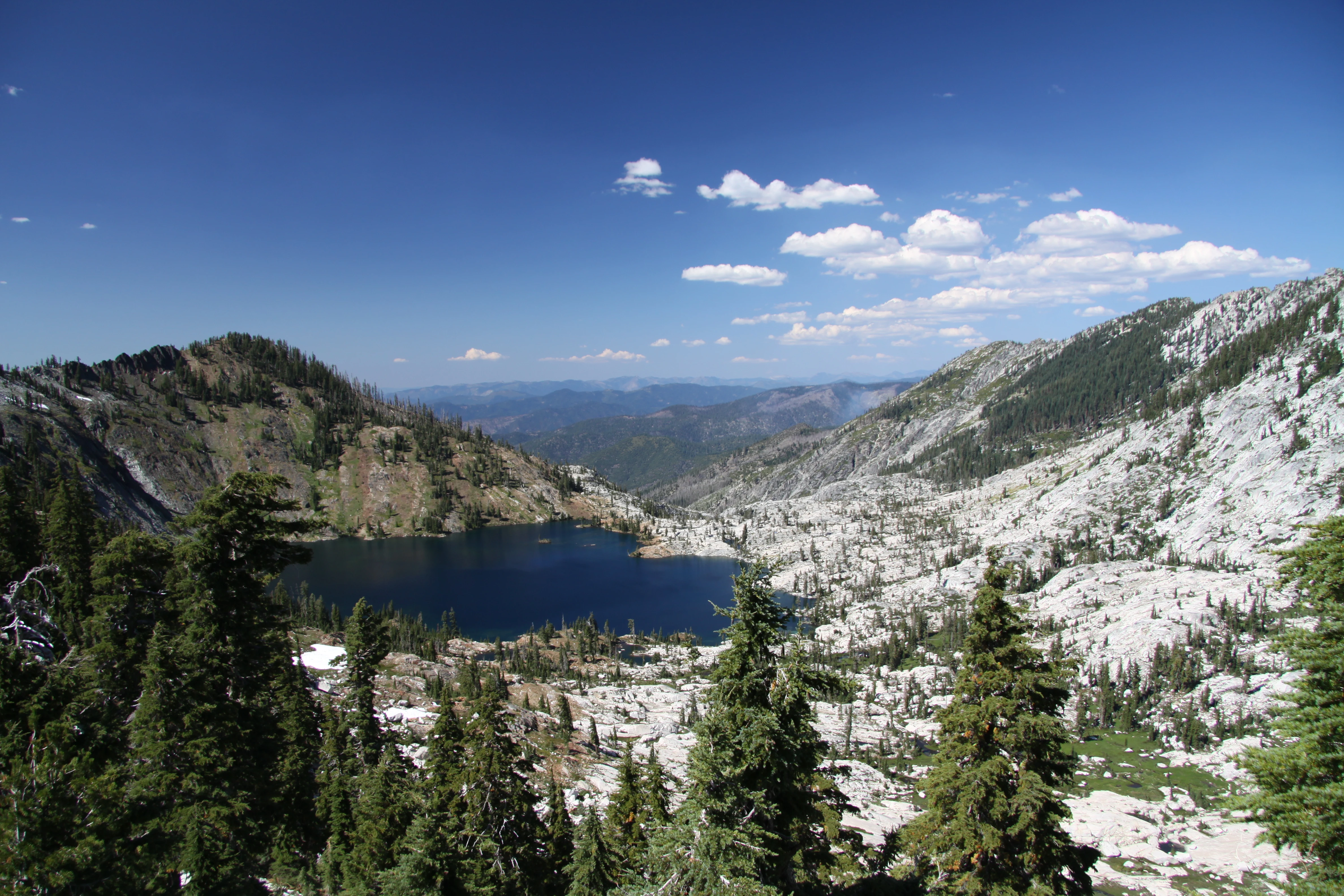
Caribou Lake is not only the clearest lakes in Minnesota, with a visibility of 40 feet, but it is also one of the deepest lakes in the state, reaching depths of 160 feet. Just off the 38, Caribou Lake is located about 30 minutes north of Grand Rapids, Minnesota.
Check out Buckhorn on Caribou Lake, the only resort on the lake, if you want to stay for a few days. It offers lakeside cottages for rent.
Despite being a touch chilly owing to the deep water, swimming in these crystal blue waters is fantastic. Anglers will find trout, bass, and northern pike biting all year long, while birders will appreciate the frequent sightings of bald eagles and owls in the nearby woodland.
Embarrass Mine Lake
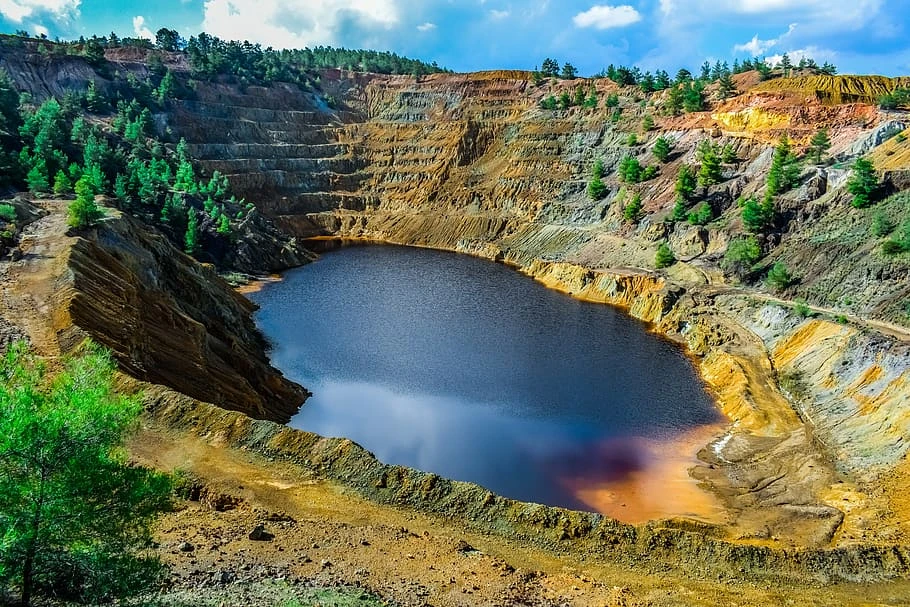
The Embarrass Mine Lake is well known for its astonishingly pure waters despite not being a natural lake. Few sites on earth allow you to really see the fish as they swim towards you, but the gin-clear waters of the Embarrass Mine Pit do.
You can clearly see what’s happening in the depths under you thanks to the visibility, which is often approximately 35 feet.
Lake Trout, Rainbows, Northern Pike, Walleyes, and Sunfish are among the fish that anglers can capture.
Take the 135 for about 20 minutes east of Virginia, Minnesota, then turn onto the 138 and Mine Lake Rd to reach the embarrass Mine Lake.
Siseebakwet Lake
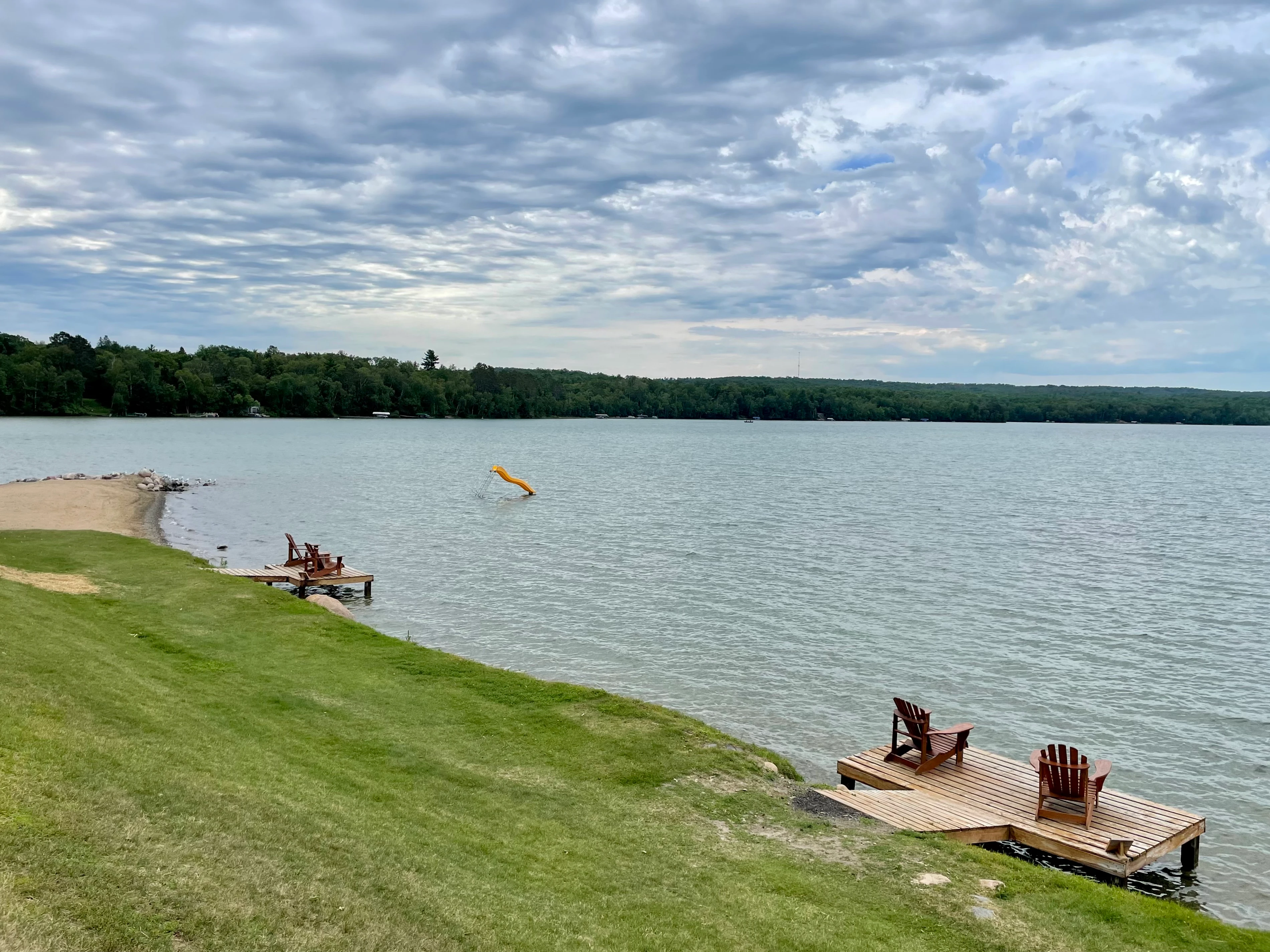
One of the clearest lakes in the Land of 10,000 Lakes is Siseebakwet Lake (also known as Sugar Lake). The high concentration of calcium carbonate gives these limestone waters a lovely turquoise colour that will look wonderful on your (or your kids’!) Instagram page.
Water clarity is around 26 feet. The hue is similar to what you might see in the Caribbean’s clear, blue seas.
The lake is teeming with fish, including Bluegill, Northern Pike, Yellow Perch, Largemouth Bass, and other species. It’s best to try your luck at night or when the sky is overcast so that the fish won’t be able to see you as you approach in the open sea.
Siseebakwet Lake is located on Highway 17 approximately 15 minutes outside of Grand Rapids, Minnesota, or about 3 hours from Minneapolis.
The Sugar Lake Lodge, which combines charming Northwoods vibes and resort amenities, is a great place to stay if you want to spend some time on this beautiful lake.
Rose Lake
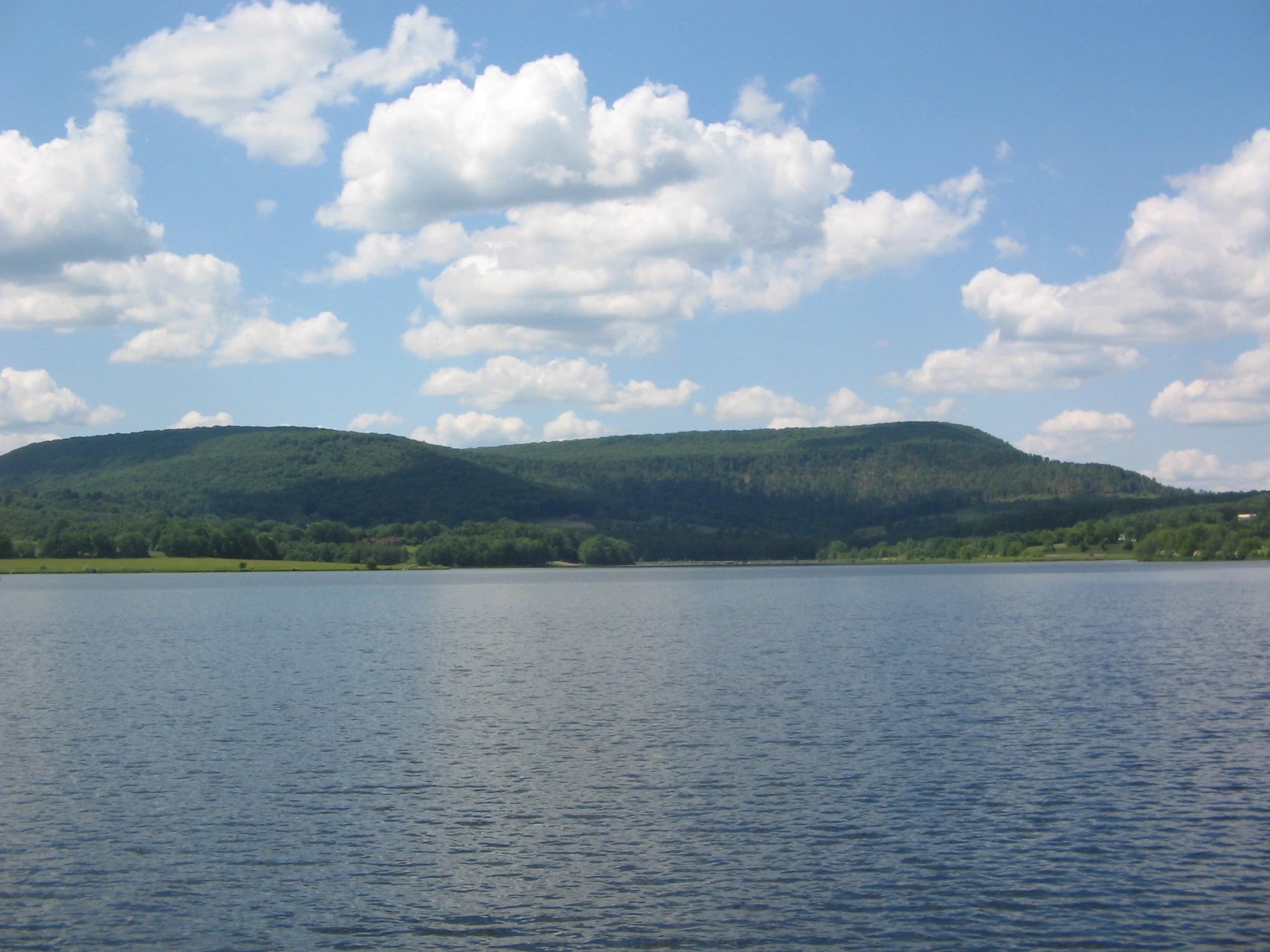
Rose Lake’s water is very pure, with typical measurements of 22.5 feet. But getting to this lake, which is located in Canada’s Bondary Waters Canoe Area Wilderness (BWCA), will need some effort. If you make it this far north, Rose Falls, which empties into the lake, is worth a visit.
Although the Gunflint route on Road 12 will bring you close, you should plan to trek or canoe the whole distance to Rose Lake.
You will be rewarded with some of Minnesota’s purest waterways that have not been tainted by tourists. This lake feels exceptionally unique because of its isolation.
Clearwater Lake
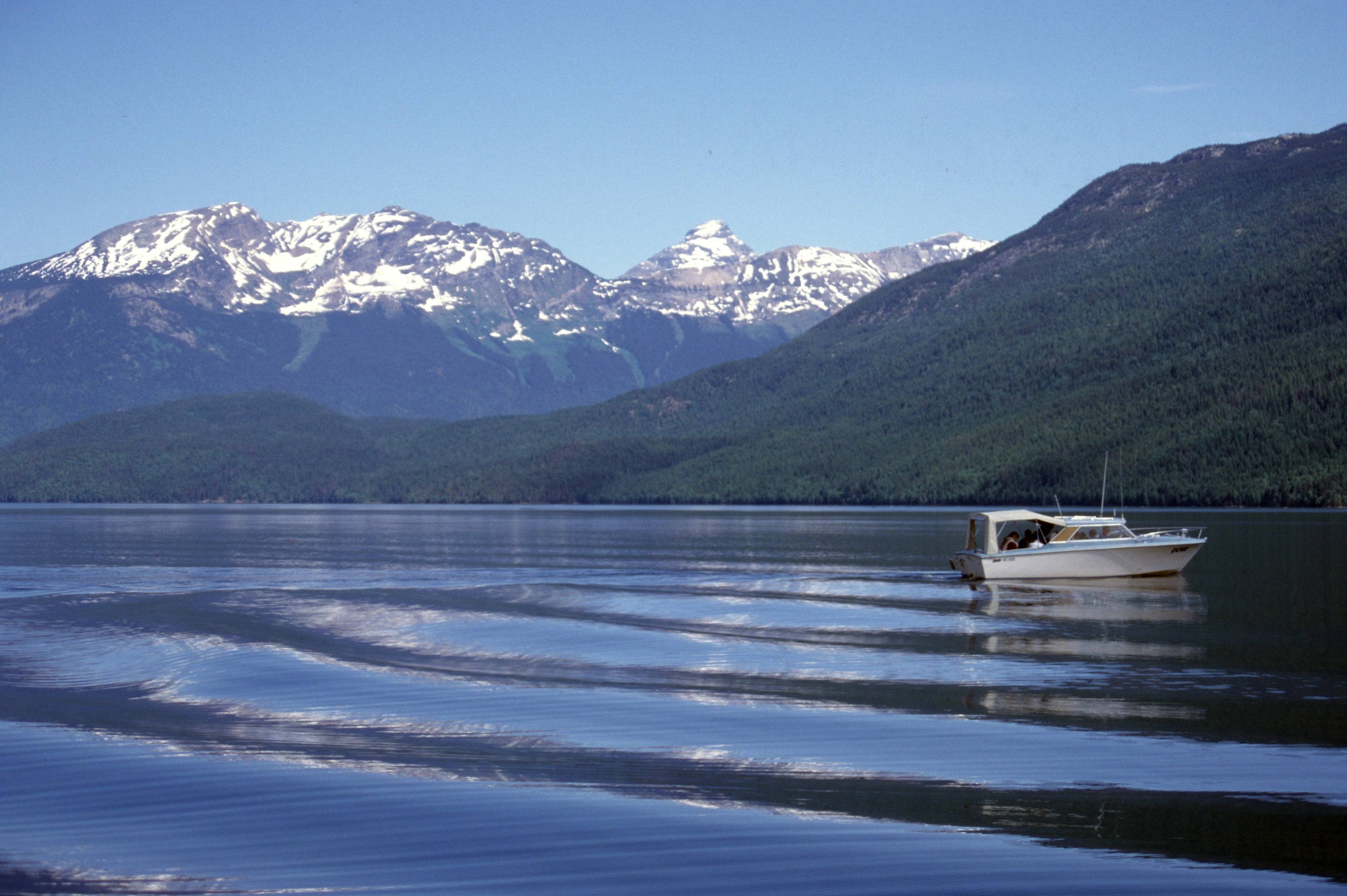
Clearwater Lake, as its name indicates, has magnificent clear waters that will allow you to see farther underwater than a typical lake. The visibility here, which is also in the BWCA in the extreme north of Minnesota (and not to be mistaken with Clearwater Lake in the Twin Cities), is around 15 feet on a good day.
Visitors may access the lake through Clearwater Road 66, and if you don’t have your own equipment, the adjacent Clearwater Outfitters can lend you some gear or a canoe.
Lake Trout and Smallmouth Bass are frequently caught at Clearwater Lake and are considered to be the local catch of the day. The finest fishing season is in the spring because trout tend to dive deeper into the lake when the water warms.
Lake Nokomis
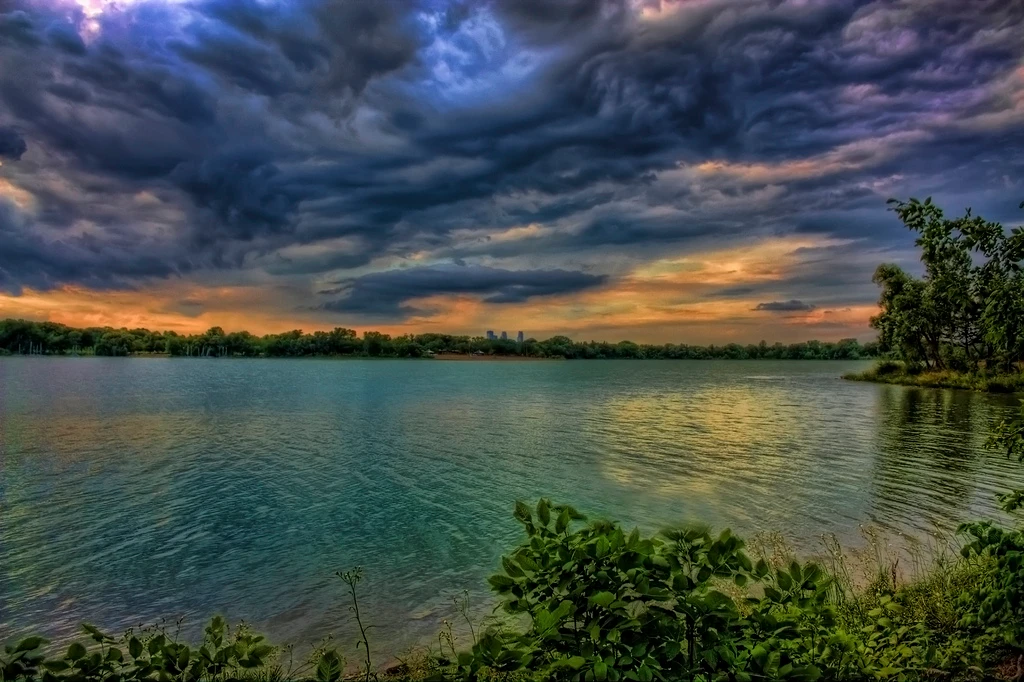
Lake Nokomis is one of the most clearest lakes in Minneapolis, Minnesota which is a fair number of them. On the southern edge of the city, there lies an extraordinary oval-shaped city lake.
It’s advantageous because it’s close to the airport, especially for guests travelling from outside the city. If you’re wondering why the lake is unique, there are more factors than words can convey.
Your eyes will have much to marvel at, including the breathtaking landscapes, beaches, and evergreen trees that surround the lake.
Additionally, you may enjoy this lake by participating in a variety of summertime sports including riding, strolling, and swimming as well as wintertime ice skating.
Burntside Lake
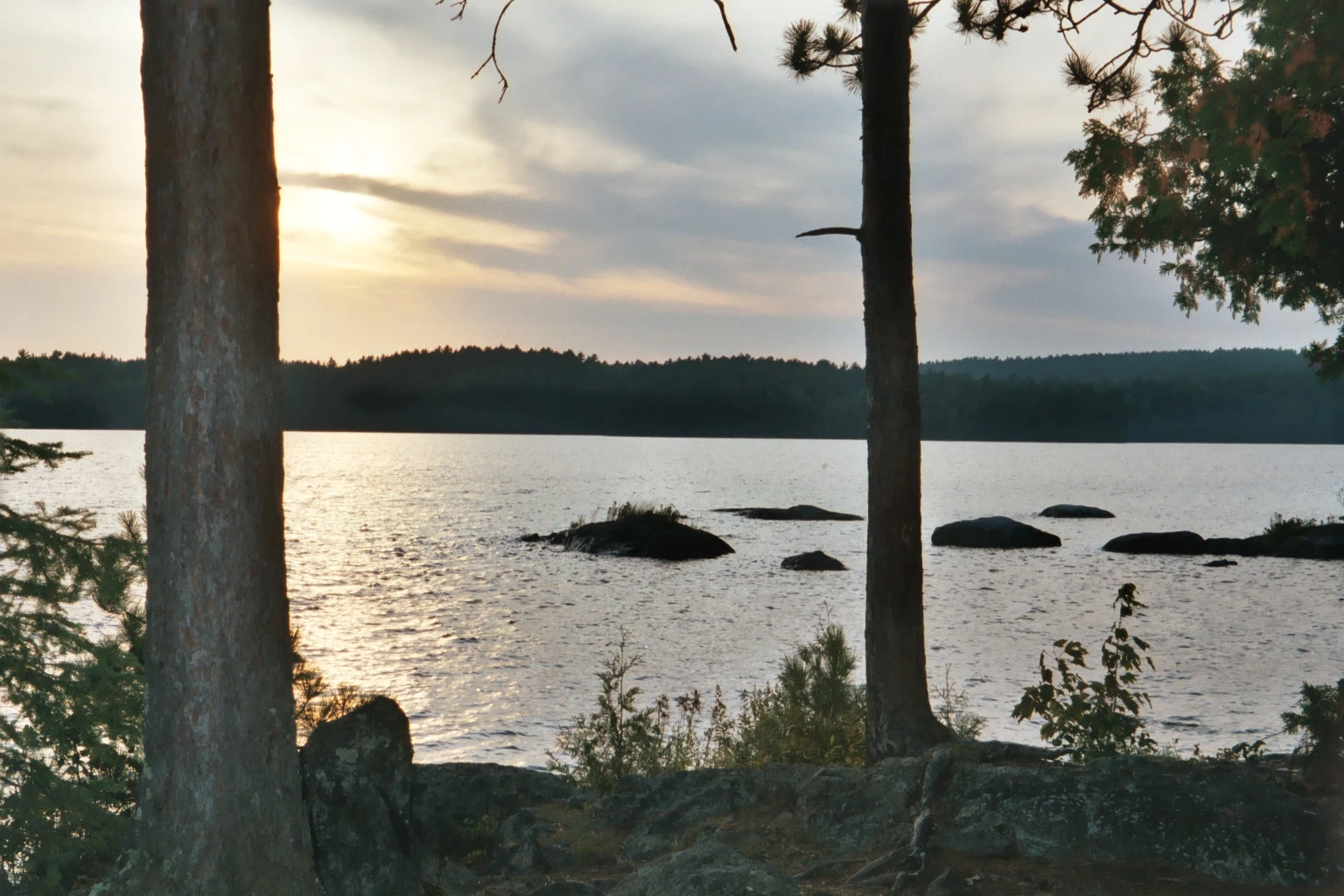
Burntside Lake, which spans 2,889 hectares and has over 100 islands, is the ideal setting for adventure. Although you may fish anywhere in the lake, the western shore is particularly well-known for it.
Fish that thrive in this lake include lake trout, golden shiner, bluegill, and walleye. So, if fishing is your thing, there are plenty of options available.
In order to make your stay more convenient, there are two resorts and a summer camp nearby. To really enjoy the weekend, reserve one of these fantastic Burntside Lake vacation homes.
Mille Lacs Lake
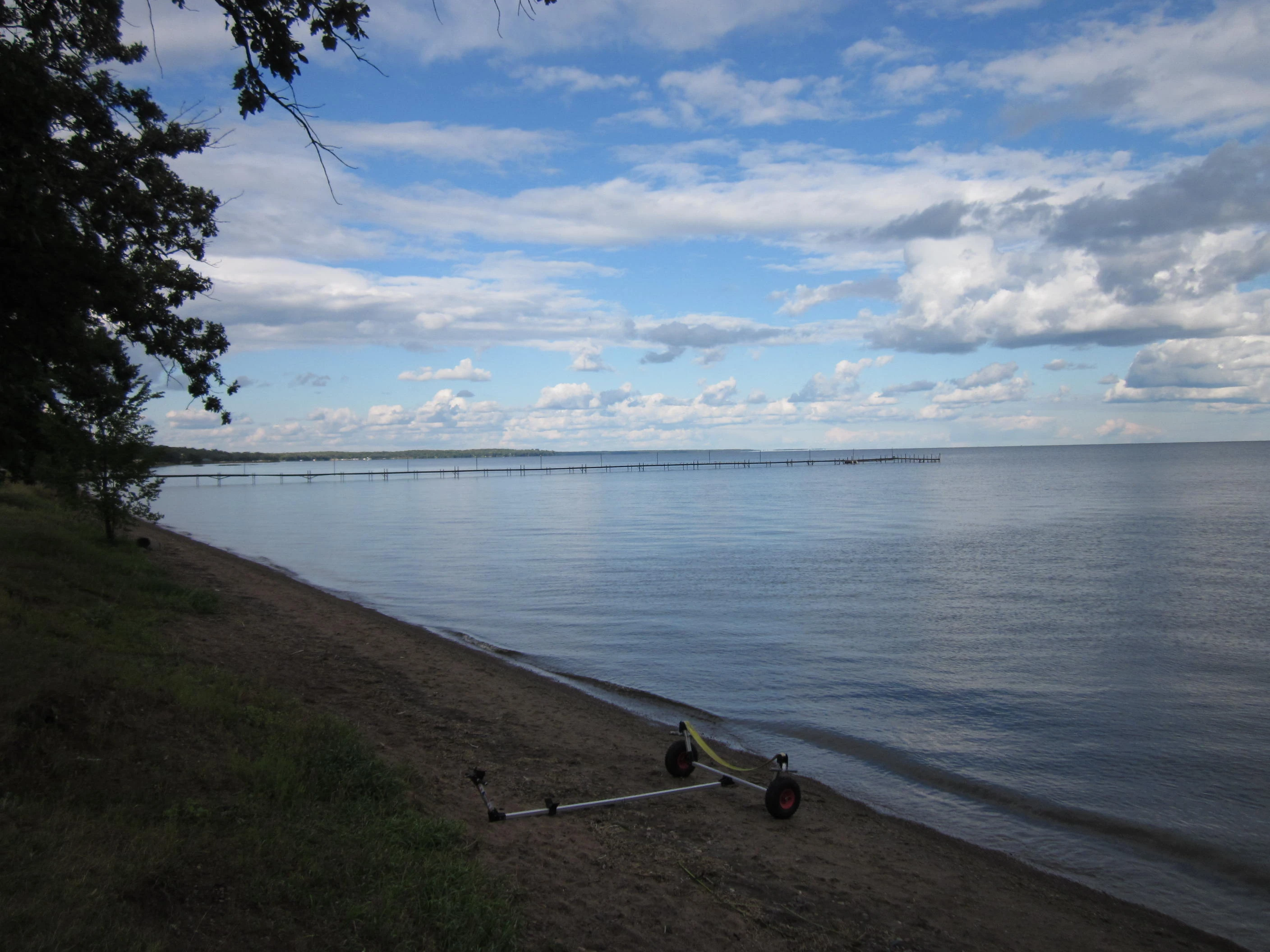
Mille Lacs Lake has the perfect attributes for anybody seeking for fantastic fishing locations. In fact, it is regarded as Minnesota’s top lake for fishing. Walleye, Muskie, Northern Pike, Large & Smallmouth Bass, and Jumbo Perch may all be found in plenty in the lake.
The local guides are also quite hospitable and can assist you choose the ideal location for your fishing activity. The lake, which is also Minnesota’s second-largest lake by volume, is 132,000 acres in size and has a maximum depth of over 40 feet, making it rather shallow.
It is situated in the Mille Lacs, Crow Wing, and Aitkin counties, about 100 miles north of the well-known Twin Cities. A prominent part of Minnesotan culture is Mille Lacs. One of Minnesota’s most enjoyable activities is this, in actuality.
Lake Vermilion
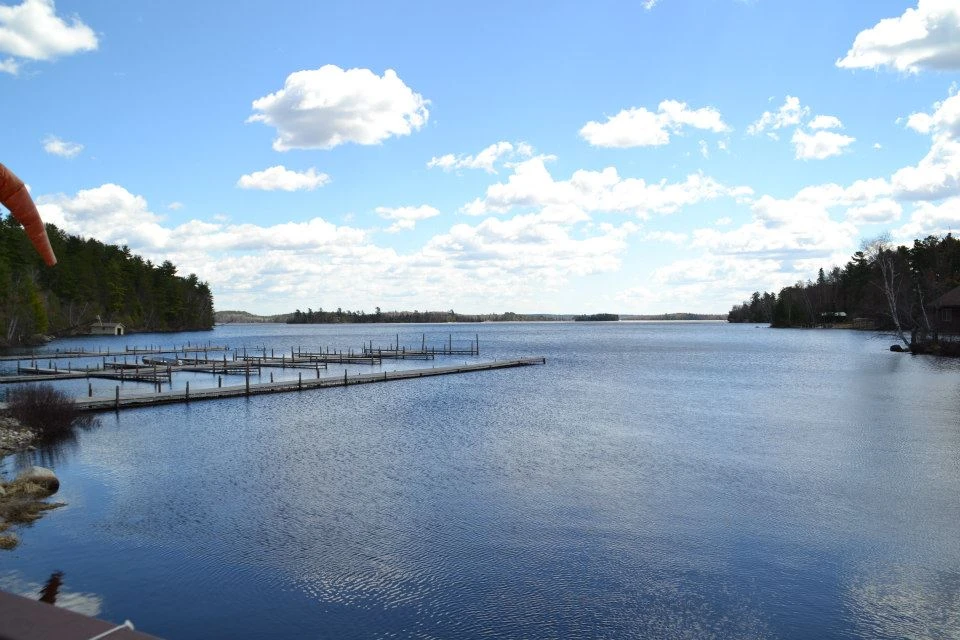
One of the top freshwater lakes and a clearest lakes in Minnesota, is this one. The Ojibwe people gave the lake the name “lake Nee-Man-Nee” in the beginning. The evening sun tinting the water a reddish colour” is the meaning of this previous name.
The French fur merchants gave the lake its current name, “Vermilion,” which is a translation of its Latin-based original name.
Lake Vermilion is the fifth-largest lake in Minnesota and covers a massive 15,000 hectares. Additionally, it draws both domestic and foreign tourists. People adore visiting Lake Vermilion because of its renowned fishing, especially for walleye and muskie.
The lake was also named one of the most beautiful lakes in the US in the 1940s. At sunrise, if you are anywhere near this lake, you will undoubtedly agree with that statement. This lake is a fantastic location to view Minnesota’s fall foliage.
Conclusion
The above lakes are the clearest lakes in Minnesota, and the absence of industry to pollute the waterways and the limited population north of the Twin Cities, outside of the Duluth region, are important contributing causes.
While spring-fed lakes are inherently clean, some smaller lakes are only utilised for canoeing and kayaking. With increasing lake size, there are more powerboats, private homes, resorts, and fishermen using the lake.
